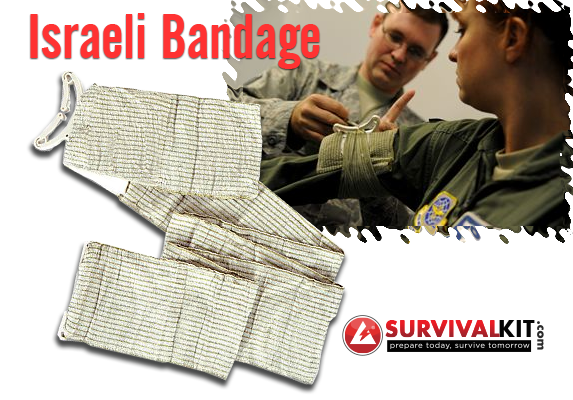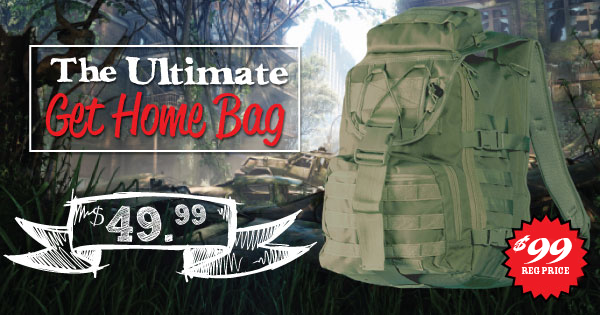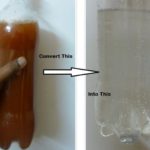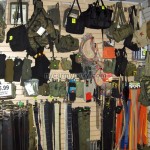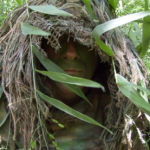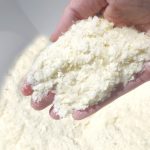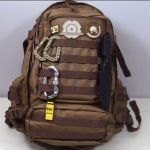Skin injuries are frequently occurring injuries amongst people. If you are into plenty of physical activity, or have a job that entails plenty of manual labor, then you are probably familiar with this. There are several types of skin injuries, as well as varying severities of injuries. Some skin injuries can be linear and superficial such as incisions or lacerations, which is often painful. Other skin injuries, such as abrasion, puncture injuries, and avulsion are also frequently occurring injuries. Here is a short definition of each of these skin injuries:
- Abrasion – damage of the outer or surface layer of the skin due to rubbing or scraping.
- Laceration – a cut through the skin, which is jagged and uneven and frequently penetrates all skin layers and possibly even deeper.
- Incisions – a cut through the skin, which is straight, linear, and usually more superficial than a laceration.
- Puncture – a piercing of the skin.
- Avulsion – skin injury with tearing of the skin.
Administering first aid in these situations is often a pretty straightforward process. The first step is to apply compression on the wound, which is also usually an instinctual reaction. If you need to administer first aid to a bleeding individual, make sure to wear clean medical type gloves (remember to add this to your first aid kit). This is to prevent any blood contact, and also to ensure that the wound is kept clean. When applying compression make sure to use clean bandages or gauze. Take note of the person’s tetanus vaccination or booster (usually with the last 5 – 10 years). If the person does not have an updated tetanus shot, make sure to call for immediate medical attention. Another consideration is if the skin injury is from an animal bite. After thorough rinsing with soap and clean water, the person should be bought given immediate medical assistance.
First Aid for Lacerations & Avulsions
As mentioned before a laceration is a cut through the skin, which is jagged and uneven and frequently penetrates all skin layers and possibly even deeper. Lacerations present with a gap in the skin that can be closed or opened when pressure is applied parallel to the sides of the site of the injury. To apply first aid, here is what you should do:
- Stop the bleeding – apply steady and direct pressure on the wound, with a sterile or clean gauze or cloth for at least five minutes. If it doesn’t stop within five minutes, you might have to apply pressure for twenty minutes or more. Do not perform frequent checks on the injury, as this will not help the blood to clot properly. Blood that is spurting from the wound may indicate arterial damage and can be life threatening. Continue to apply steady and direct pressure in the case, while waiting for proper medical consultation.
- In case of severe bleeding, also perform compression. If this is not enough and there is a severe “spurting” bleed due to an arterial injury, you can try applying a tourniquet. Take note that the tourniquet should be applied on the area of injury that is closest to the heart. Apply the tourniquet over a wide surface area to minimize tissue damage. Remember to not tie your tourniquet too tight as well, as we do not want to cut of the blood supply to the normal tissue.
- There are also “over-the-counter” coagulation products to stop bleeding that are available in pharmacies. They are frequently expensive, and we suggest you take a formal first aid course, before attempting to use this.
- Once the bleeding has stopped or minimized, you can proceed to directly wash and rinse the injured area with sterile water or a sterile saline solution. Directly wash the injured area with bursts of water, to dislodge any possible debris that may be lodged in the wound. If there are remaining debris that cannot be washed or picked out, seek medical advice. Do not apply peroxide or Betadine wipes directly on the wound as this may affect tissue healing. Peroxide and Betadine can be applied to the surrounding area of injury. You can also use antiseptic wipes to clean the area around the injury.
- Allow the wound to dry, then after drying, you can apply some antibiotic ointment to prevent infection and dress the wound with a clean bandage.
- Occasionally some lacerations may need to be closed with stitches to hasten healing and minimize any scarring. If the laceration is not too deep, then some physicians use sterile adhesive strips or medical grade cyanoacrylate (Superglue) to re-approximate the wound.
First Aid for Abrasions
Abrasions as mentioned above are a damage of the outer or surface layer of the skin due to rubbing or scraping. The bleeding is due to injured smaller blood vessels called capillaries. Abrasions tend to be painful because of the nerve endings in the surface layer of the skin are affected.
- Clean the abraded area thoroughly with clean water and antiseptic soap. Make sure to wash and pick out all the debris on the abraded area. If you can’t remove all the debris, seek medical advice after administering first aid, to prevent infection.
- Apply antibacterial ointment on the abraded area then cover with a sterile gauze pad, moistened with sterile water or sterile saline solution. Change the dressing at least two times a day. If the abrasion is on a moving area such as a joint, make sure to keep it moist.
Puncture wounds or wounds that pierce the skin, and are prone to infection. They can also be deceiving, as puncture wounds may seem deeper than they are.
- Wash the affected area, in the same way that abrasions are washed. Apply antibiotic ointment and then cover it with clean or sterile gauze. Due to the nature of the injury, it is important to seek medical advice as soon as possible.
If medical advice cannot be immediately sought, and tetanus shots are updated, then monitor the wound for signs of infection such as persistent pain, redness, pus, bad odor, and swelling. If these symptoms are present, immediately seek medical advice.
- Puncture wounds on the chest may go straight to the lungs and require immediate medical consult. Symptoms would include painful as well as shallow and difficulty of breathing. If these signs appear, then immediately apply tape (such as duct tape), to temporarily seal the air leak. You can also apply direct compression and keep applying compression, until you reach the hospital.
- Puncture wounds to the back and neck can be dangerous as it can involve the spinal cord. Evaluate the situation and any abnormal symptoms, with particular attention to numbness, difficulty of breathing, and the weakness or inability to move the limbs.
- Puncture wounds to the abdomen may affect the stomach and intestines, as well as other organs located in the area. Monitor for signs of internal bleeding such as any enlargement or ballooning of the abdomen, abdominal pain, and paleness or cold, clammy skin.
I hope this gives you a general idea of how to manage basic skin injuries, should you encounter them. Remember to keep your first aid kit adequately stocked with sterile bandages, sterile water (if possible), and some antibiotic ointment, as well as some handy items such as a duct tape and a bandana for those unforeseen circumstances.




